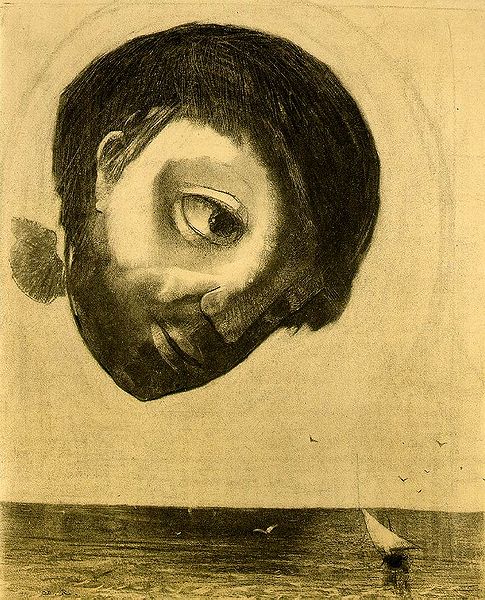
"There was a time when designers were cultural visionaries leading society. They spoke of a visual landscape enhanced by artistic quality, inspired by new techniques and concepts, and created to promote a sense of liberation and enrichment. In its infancy, design was tied to the ambitious aspirations of art, architecture and technology. Many modern designers extended this ambition by seeing design as part of a mission that embraced considerably more than isolated issues of technique and style." (P23, Dan Friedman: Radical Modernism)
Here, Friedman describes the change of perception and motive for artists at the beginning of the Modernist movement, particularly the transition from artworks that emphasised the skills and techniques of the maker to conceptual pieces where the art lies beneath the surface, in the ideas and dreams that first inspired the work. Artists began to distance themselves from skilfully representational and decorative art and began to create works that stimulated the mind and imagination of the viewer.
‘The Guardian Spirit of the Waters’ is an eerie and haunting piece that represents dreams, the subconscious mind and emotional states rather than the surface realities of everyday life. Odilon Redon described his work as “indefinable”, but it was seen as controversial and rejected by many for being so far away from the academic standards of art people had grown so used to.
When I look at this piece, I see the head of a man floating above a boat at sea. The representation is clear, but the narrative of this image has become surreal by the enlargement of the head and its situation on the page above the boat. The facial features are distorted. The whole head looks more round than it should be, the eyes huge and the ears tiny. The boat and gulls seem in proportion with each other, but the head adds another aspect to the piece which makes it difficult to read in a casual way and opposes highly representational and narrative pieces that were the norm before the modern period.
No comments:
Post a Comment